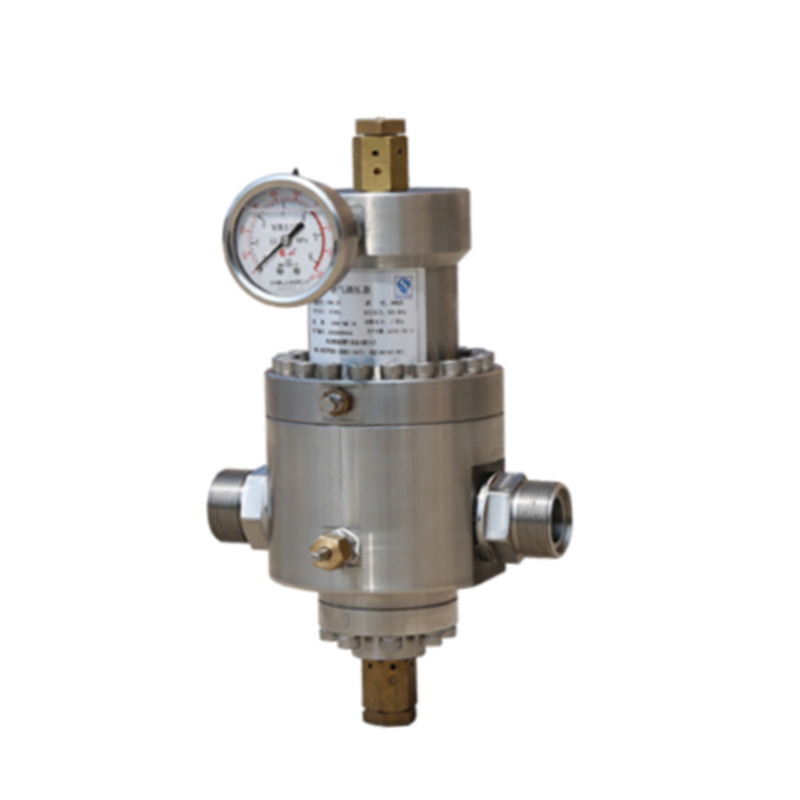
8 月 . 15, 2024 12:59
Back to list
Understanding the Functionality and Importance of Gas Pressure Reducing Stations in Distribution Systems
Understanding Gas Pressure Reducing Stations
Gas pressure reducing stations are crucial components in the transportation and distribution of natural gas. They serve to ensure that gas is delivered to consumers at a safe and manageable pressure. As natural gas travels through pipelines, it can reach incredibly high pressures, necessitating the need for regulation before it can be safely used in homes and businesses. In this article, we will explore the importance, functioning, and safety measures associated with gas pressure reducing stations.
Importance of Gas Pressure Reducing Stations
With the increasing demand for natural gas in energy production and industrial applications, the infrastructure surrounding its distribution must be meticulously designed. Gas pressure reducing stations play a pivotal role in protecting both the pipeline network and the end-users. These stations help
1. Maintain Consistent Supply By regulating the pressure, these stations ensure a steady and reliable supply of gas, preventing fluctuations that could impact consumers. 2. Enhance Safety High pressure gas can pose significant hazards, including explosions or leaks. Reducing this pressure not only protects equipment but also safeguards people and the environment.
3. Optimize Energy Usage By ensuring that gas is supplied at the correct pressure, these stations help in optimizing energy consumption, thus improving efficiency in gas utilization.
How Gas Pressure Reducing Stations Work
Typically, a gas pressure reducing station consists of key components such as pressure regulators, filters, and control valves. Here’s a closer look at how they function
1. Inlet Pipeline Gas enters the reducing station from high-pressure transmission lines. At this point, the gas may be at pressures ranging from 100 psi (pounds per square inch) to over 800 psi depending on the pipeline.
2. Pressure Regulation The heart of the reducing station is the pressure regulator. It automatically adjusts the flow of gas to maintain a designated outlet pressure. When the inlet pressure exceeds the preset limit, the regulator reduces the pressure before delivering the gas downstream.
gas pressure reducing station

3. Filtration To ensure that the gas is not contaminated with particles that could damage downstream equipment, filters are often incorporated. These filters remove moisture and debris, maintaining the integrity of the gas supply.
4. Outlet Pipeline After the gas has been reduced to a safe pressure, it flows through the outlet pipeline to consumers, including residential, commercial, and industrial users, ready for various applications.
Safety Measures
Safety is a paramount concern in the operation of gas pressure reducing stations. Several measures are implemented to mitigate risks
1. Regular Maintenance Scheduled inspections and maintenance ensure that all components are functioning correctly and efficiently, preventing unexpected failures.
2. Emergency Shut-off Valves These valves can quickly isolate the station from the pipeline system if an emergency arises, ensuring that gas supply is halted to prevent potential disasters.
3. Monitoring Systems Many reducing stations are equipped with advanced monitoring systems that provide real-time data on pressure levels and flow rates. This technology allows operators to respond promptly to any irregularities.
4. Safety Training Personnel working at gas pressure reducing stations are required to undergo rigorous safety training to handle emergencies effectively and to meet regulatory compliance standards.
In conclusion, gas pressure reducing stations are integral elements of the natural gas distribution system. By effectively regulating gas pressure, they promote safety, reliability, and efficiency in gas delivery. As demand for natural gas continues to rise globally, the importance of these stations in ensuring the seamless and safe flow of gas cannot be overstated. Understanding their functioning and safety measures helps underline their role in the broader context of energy infrastructure.
Latest news
-
Unlocking The Quality Gas Pressure ReducersNewsNov.01,2024
-
The Role of Gas Pressure Reducing StationsNewsNov.01,2024
-
The Importance and Functionality of Safety Relief ValvesNewsNov.01,2024
-
The Essential Role of Safety Valves in Natural Gas ApplicationsNewsNov.01,2024
-
The Essential Role of Gas Pressure RegulatorsNewsNov.01,2024
-
Enhance Your Premium Gas FiltersNewsNov.01,2024

